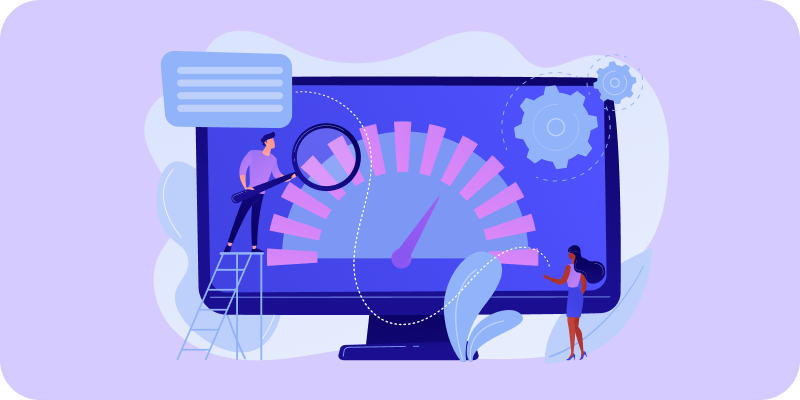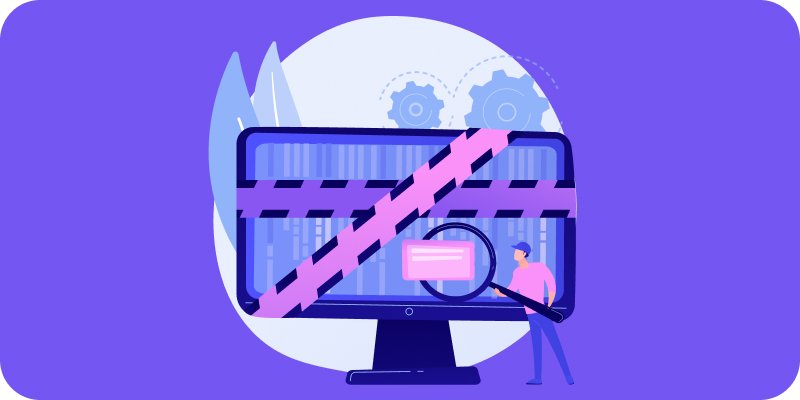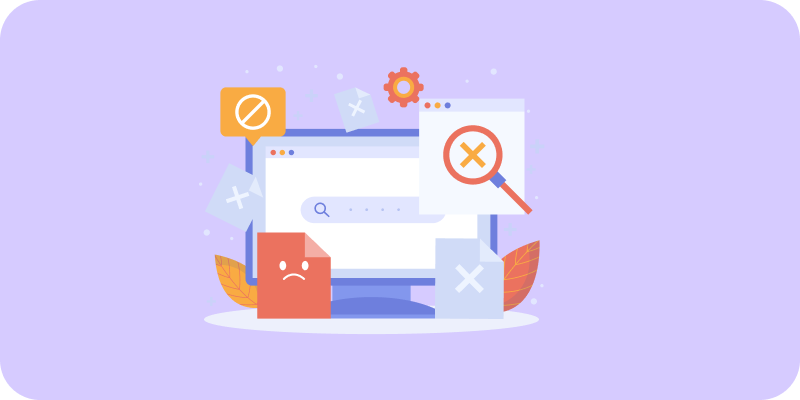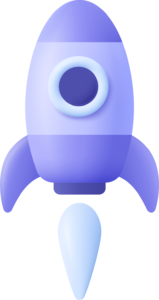Web design isn’t just about aesthetics. Behind every color, layout, and typography choice, there’s a strategy grounded in psychological principles that directly influence consumers’ purchasing decisions. In this article, we’ll explore how web design and consumer psychology work together to turn visitors into customers.
What is Consumer Psychology and Why Does It Matter in Web Design?
Consumer psychology studies how people make purchasing decisions and what factors influence their choices. When applied to web design, you can create digital experiences that:
- Build trust in your brand.
- Motivate the desired action, such as making a purchase or subscribing.
- Increase user retention, improving navigation time.
Websites that consider these principles aren’t just visually appealing; they also become key tools for boosting conversions.
1. Color Psychology: The Power of Emotions
Colors have a profound emotional impact. In fact, 85% of consumers say that color is a key factor when choosing a product or service.
Practical Examples:
- Blue: Evokes trust and security, ideal for financial or legal businesses.
- Red: Creates urgency and passion, perfect for promotions or sales.
- Green: Associated with sustainability and calm, very useful for eco-friendly brands.
When designing your website, the color choice should align with your brand identity and the emotions you want to evoke in your customers.

2. Typography: Communicating Trust and Clarity
Typography also plays a crucial role in user experience. A clear, professional font communicates trust, while confusing typography can drive visitors away.
Key Tips:
- Use sans-serif fonts to convey modernity and professionalism.
- Ensure that the main text is readable on both mobile and desktop devices.
- Limit the use of too many font styles; this can create visual noise.
3. Structure and Visual Hierarchy: Guiding Attention
A good web design uses visual hierarchy to direct the user’s attention to key elements, such as calls to action (CTAs) or featured products.
Effective Strategies:
- Whitespace: Reduces visual saturation and facilitates navigation.
- Highlighted Buttons: Use contrasting colors for CTAs. For example, an orange button on a neutral background immediately grabs attention.
- “F” Layout: Users scan web pages in an F-shape, so place the most important content in the top left.
4. Fast Load Time and Responsive Design: Key Factors for Retaining Users
53% of users abandon a website if it takes more than 3 seconds to load. Additionally, 58% of global web traffic comes from mobile devices.
Conclusion: Your design must be fast and adaptable to all devices. This not only enhances the user experience but also boosts your ranking in search engines.
5. Cognitive Psychology: Simplifying Decision-Making
Consumers prefer clear and simple options. When a website is confusing or offers too many choices, it can lead to decision fatigue, resulting in abandonment.
Best Practices:
- Minimalist Menu: Reduce the number of options in your main navigation.
- Visible Progress: For long forms or processes, show a progress indicator.
- Testimonials: Including reviews and success stories helps reinforce trust.
Benefits of a Web Design Based on Consumer Psychology
- Increased Trust: Users feel more comfortable interacting with a professional and well-designed site.
- Higher Conversions: Psychological principles guide users towards key actions.
- Differentiation from Competitors: A consumer-focused design makes you stand out.
Design for Success
Web design and consumer psychology are powerful allies. Understanding how your customers think and act allows you to create websites that aren’t just attractive but also effective.
Ready to transform your website? At Floix Agency, we combine modern design with psychological strategies to maximize your results. Contact us today for a free consultation and take your digital strategy to the next level.





